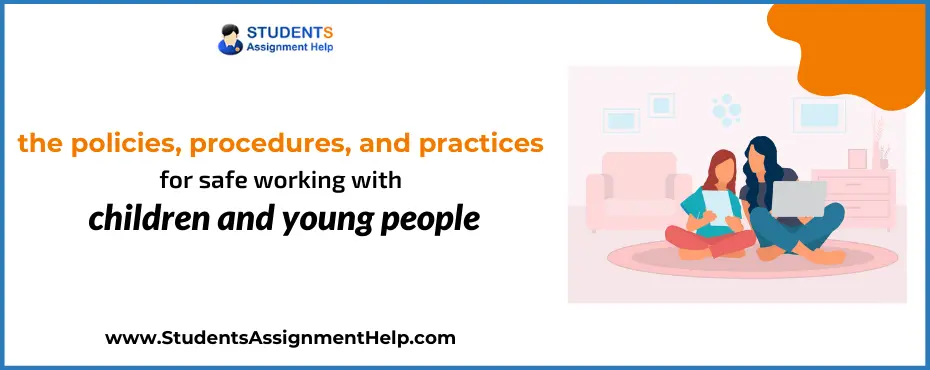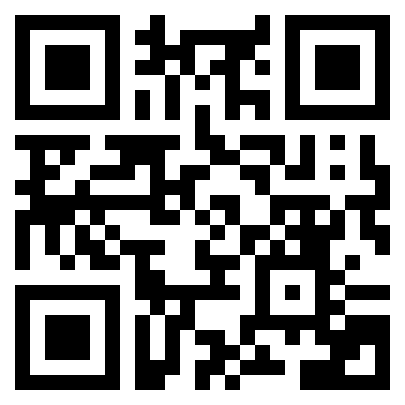1 can explain the policies, procedures, and practices for safe working with children and young people

Learning Outcome 1- Understand the policies, procedures, and practices for safe working with children and young people
1.1.I can explain the policies, procedures, and practices for safe working with children and young people
It can be said that to safeguard the well-being of the children, as well as young individuals in the care settings, a sum of strategies, actions, and measures, are there which should be followed too. These policies are official papers at the place of work, affected by law and by the senior level management. The policy would be considered around an area of practice which requires being demonstrated as being in accordance with the regulation. These official papers provide a list of ways for completing the assignment needed the potential hazards and the way to react to a condition. The employee`s performs must continuously imitate the actions inside the policy. Moreover, the protection policy shapes the necessary actions and exercises for the safe working with children as well as young individuals. Similarly, it comprises the procedures to be carried out when hiring new associates of the staff. They need to achieve an improved CRB (Radford, et al., 2013).
I should make sure that each and everything is made clear and acceptable before working with the children. Likewise, compulsory training is needed in the areas like health and safety, food hygiene as well as fire safety. Moreover, these are to safeguard the operative is conscious how to safeguard their selves as well as others from the threat of infections, hazards which are associated with food, what to do if fire explodes, what to do in case a misfortune arises etc. The employee needs to be administered till the administrator is pleased that the worker comprehends as well as can exploit safe practice (Jack Gill, 2010).
The policy defines the activities to carry out when abuse is alleged, who is accountable for the safety of the children throughout your care. Moreover, I have surrounded the protection policy for the place I got the lead as well as functioned with the group of children.
Learning Outcome 2- Understand how to respond to evidence or concerns that a child or young person has been abused or harmed
2.1. I can describe the possible signs, symptoms, indicators and behaviours that may cause concern in the context of safeguarding
When caring for children as well as young individuals we have an accountability to ensure their safety and wellbeing whilst in our care. It is hard to imagine that the children who are in your care could be experiencing abuse. However, according to statistics for the children on the protection register, there were 50,573 cases in the UK during 2013. This shows just the cases identified, but who can say how many children are suffering abuses and have not been identified. Although we cannot decide that a child is being abused or is at the threat of detriment. We do have the responsibility to recognise possible signs of abuse and must have the knowledge of what actions to take in order to keep our children safe (Sousa Herrenkohl, 2011).
Children by nature are prone to bumps, scrapes, and bruises. Bruising to the knees, shins, elbows and bony places and is consistent with normal healthy active children. Unexplained bruising or injuries with inconsistent explanations can be a sign of physical abuse. Recognising the difference between accidental bruises and inflicted bruising is a key to identifying a child who is being abused (Pearce, 2011). Bruising to the back, face, buttocks, neck, upper and lower arms (consistent with self-protection) bruising clusters all could be the signs of physical abuse. More obvious signs would be finger marks, burns, scolds with splash marks pointing upwards, broken bones, bite marks etc.
Behaviours such as flinching when approached or touched, fear of parents being approached for explanations, reluctance to get changed, depression, aggressive or severe temper outbursts, withdrawn behaviours are all signs of possible physical abuse (Stalker McArthur, 2012). It can be said that emotional abuse is usually problematic to distinguish as there are frequently no physical indications. Moreover, there might be developing delays due to a failure to flourish and nurture, though this would merely be apparent in case the child thrives when away from the circumstances in which they are being abused. A child may appear well cared for however is being teased, put down or disparaged.
Sexual abuse is usually identified by disclosure too. Recognising potential signs of abuse within the children behaviour is essential Physical signs comprise pain or burning in the genital part, staining or bleeding nearby genital part, sexually transferred sickness, vaginal release or infection, abdominal pains, uneasiness when inactive or in a state of walking, and likewise pregnancy (Pearce, 2011).
Variations in performance that can specify sexual abuse comprise, unexpected or impenetrable variations in behaviour, for example, turning violent or reserved, distress of being left with particular individual or group of individuals, bad dream, running away, sexual information further than their age, sexual drawings or language, specifying they have a secret they cannot talk, not permitted to have friends, acting in a sexually explicit mode to grown-ups (Jack Gill, 2010). Neglect can be problematic to identify however it has lasting effects on children. Physical signs can include continuous hunger as well as pilfering foodstuff from other children, continually grimy or rank, loss of weight or being underweight, improper attire for conditions. Practices, for example, being drained constantly, not asking for therapeutic help and neglecting to go to arrangements, not having numerous companions, specifying being allowed to sit unbothered or unsupervised.
Children can display these signs and indications and no abuse is present. Children are complicated and display all kinds of behaviours which could be interpreted as abuse. It is essential not to decide a child is being abused but to allow the appropriate authorities to investigate your concerns (Stalker McArthur, 2012).
2.2. I can describe the actions to take if a child or young person alleges harm or abuse in line with policies and procedures of own setting
In case a child discloses that he/she is experiencing abuse there are a series of steps that must be followed. These steps are outlined within the safeguarding policies and are designed to ensure the reporting of the alleged abuse is dealt with correctly. Below no conditions must an employee carry out their self-examination into an accusation or feeling of abuse (Stalker McArthur, 2012). Moreover, these stages must be carried out: The individual in receipt of allegations or suspicions of abuse must demonstrate problems timely to the individual who is chosen by the organisation to perform on their behalf in distributing with the allegation or suspicion of negligence or manipulation, comprising denoting the matter on to the legislative authorities. Similarly, in the nonappearance of the Safeguarding Co-ordinator or, in case the uncertainties in any way encompass the Safeguarding Co-ordinator, then the report must be prepared to your local social services like Police, national safeguarding coordinator. Look for medicinal help if necessary direly, advising the specialist of any suspicions (Radford, et al., 2013). Moreover, suspicions must not be talked about with anybody other than those named previously.
transcribed record of the problems must be completed in agreement with these measures and reserved in a protected place. Whereas allegations or suspicions of abuse would usually be described to the Safeguarding Co-ordinator, the nonappearance of the Safeguarding Coordinator or Deputy must not postpone referral to Social Services, the Police or taking advice from CCPAS (Sousa Herrenkohl, 2011). In addition, the organisation would support the Safeguarding Coordinator/Deputy in their part, as well as admit that any data they might have under their control would be shared in a stringently limited method on a requirement to distinguish foundation.
2.3. I can explain the rights that children, young people, and their families have in situations where harm or abuse is suspected or alleged
In 1991 the government arranged to ensure that each and every child has the rights Listed in the convention on the rights of the child. The human rights act 1998 protects human rights generally. 2003 saw the launch of Every child matters leading to the children’s act 2004. In the case of alleged abuse or harm the child, young person and families have the right to be given accurate information and help in understanding it.
- To be able to express them and be heard without discrimination
- To be treated with dignity and respect.
- Privacy, to reject repetitive medical inspections and questions
- Be referred and kept completely well-versed of actions and decisions about their forthcoming (Stalker; McArthur, 2012).
Persons have the right to respect for their private and family Life, home and correspondence. Children have the right to live without abuse and to be kept safe from harm. It is the parents responsibility to care and nurture the child and meet their needs. The government has a responsibility to protect children from abuse exploitation and neglect.

